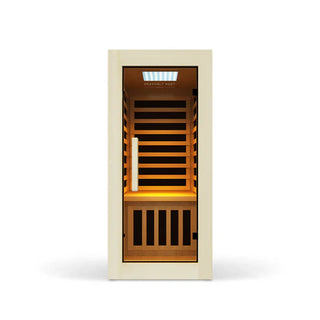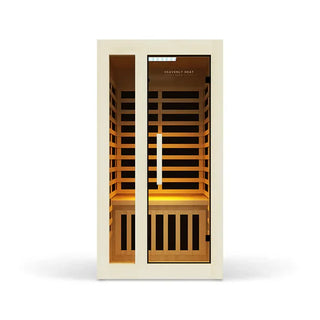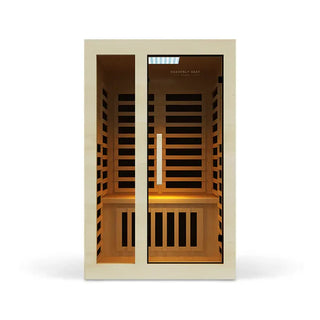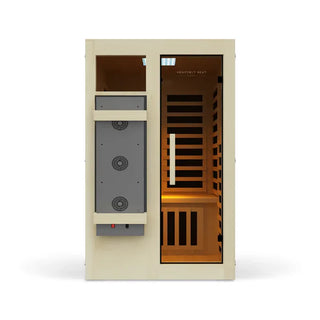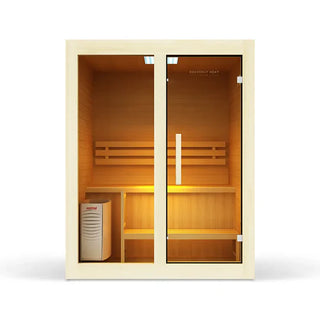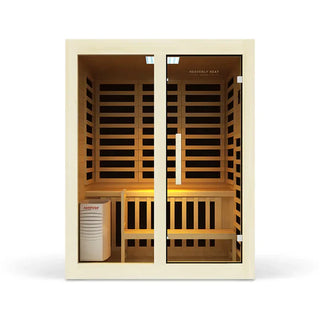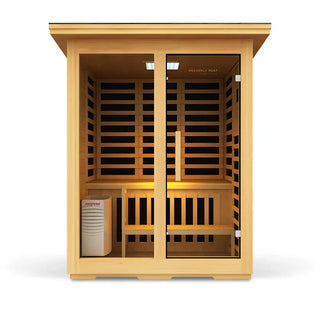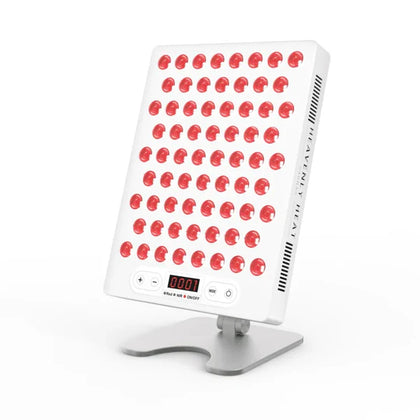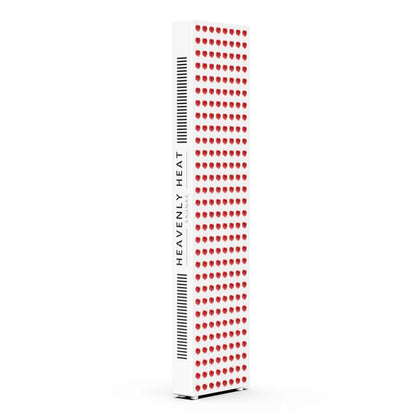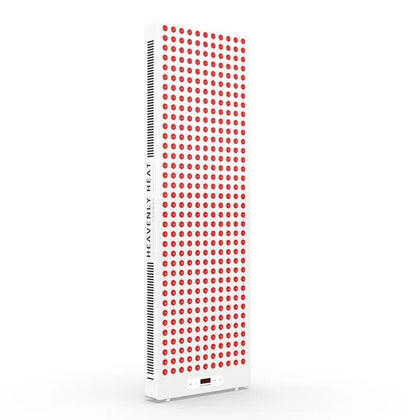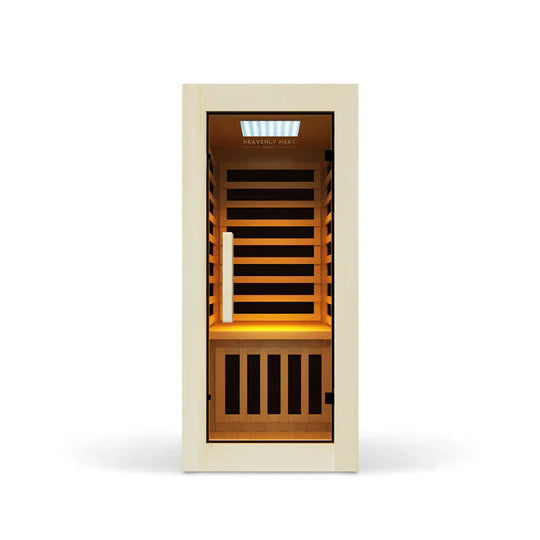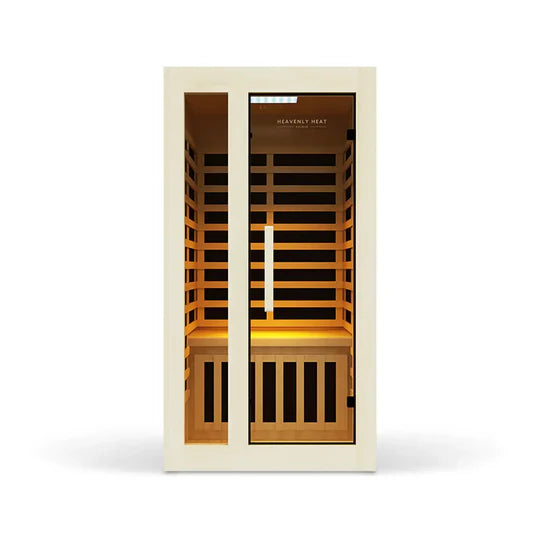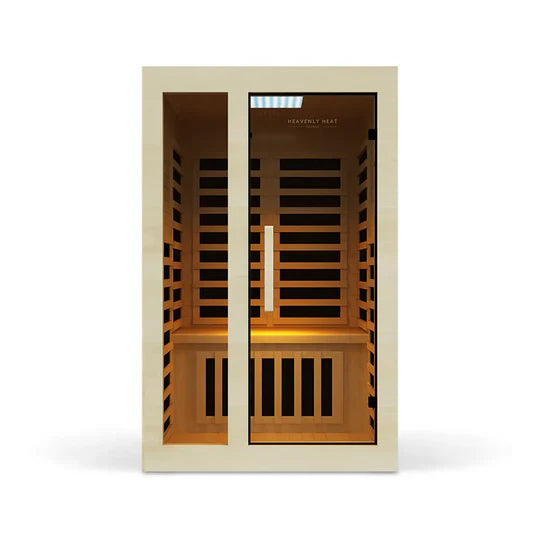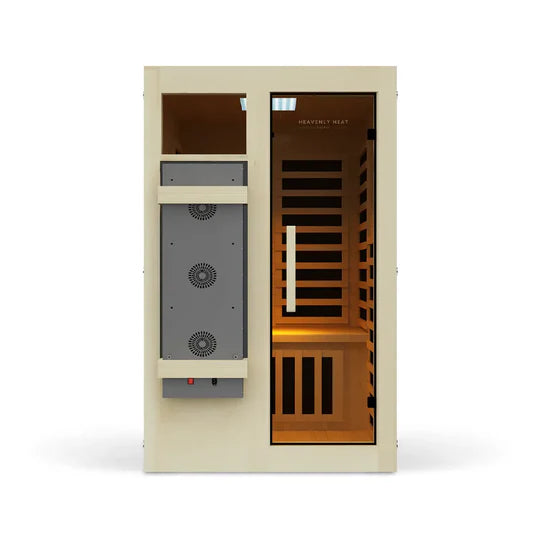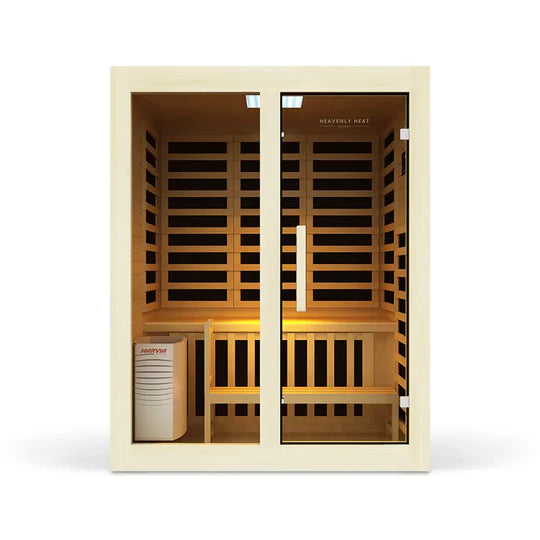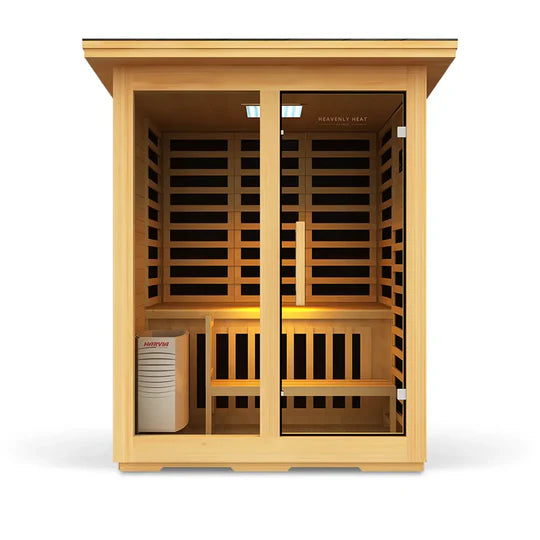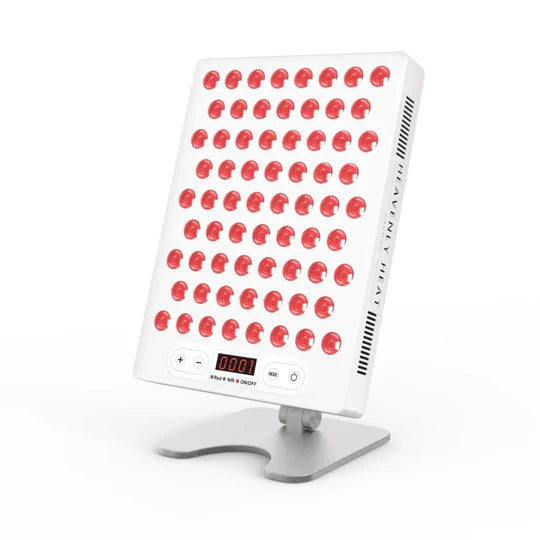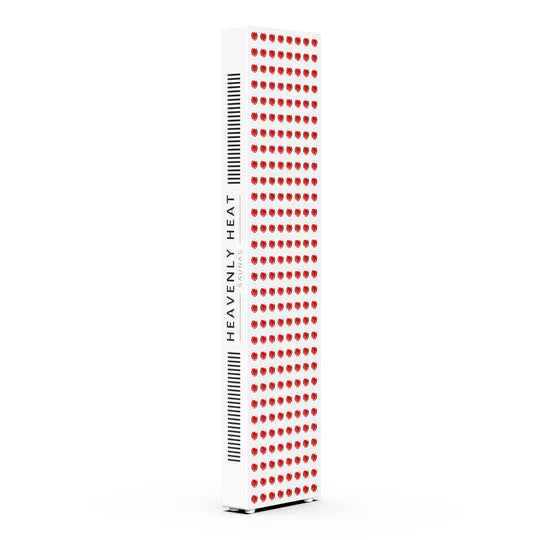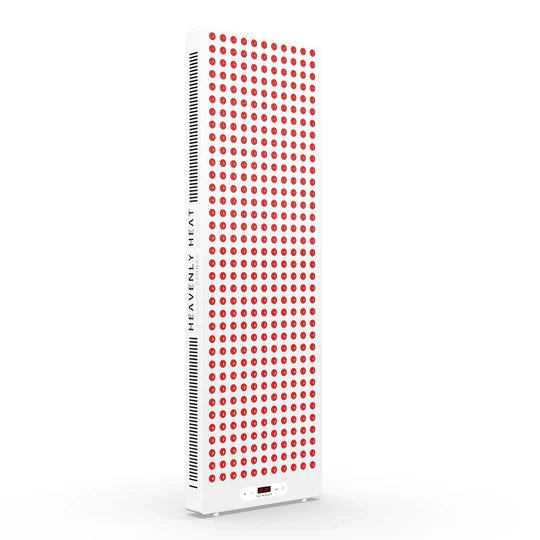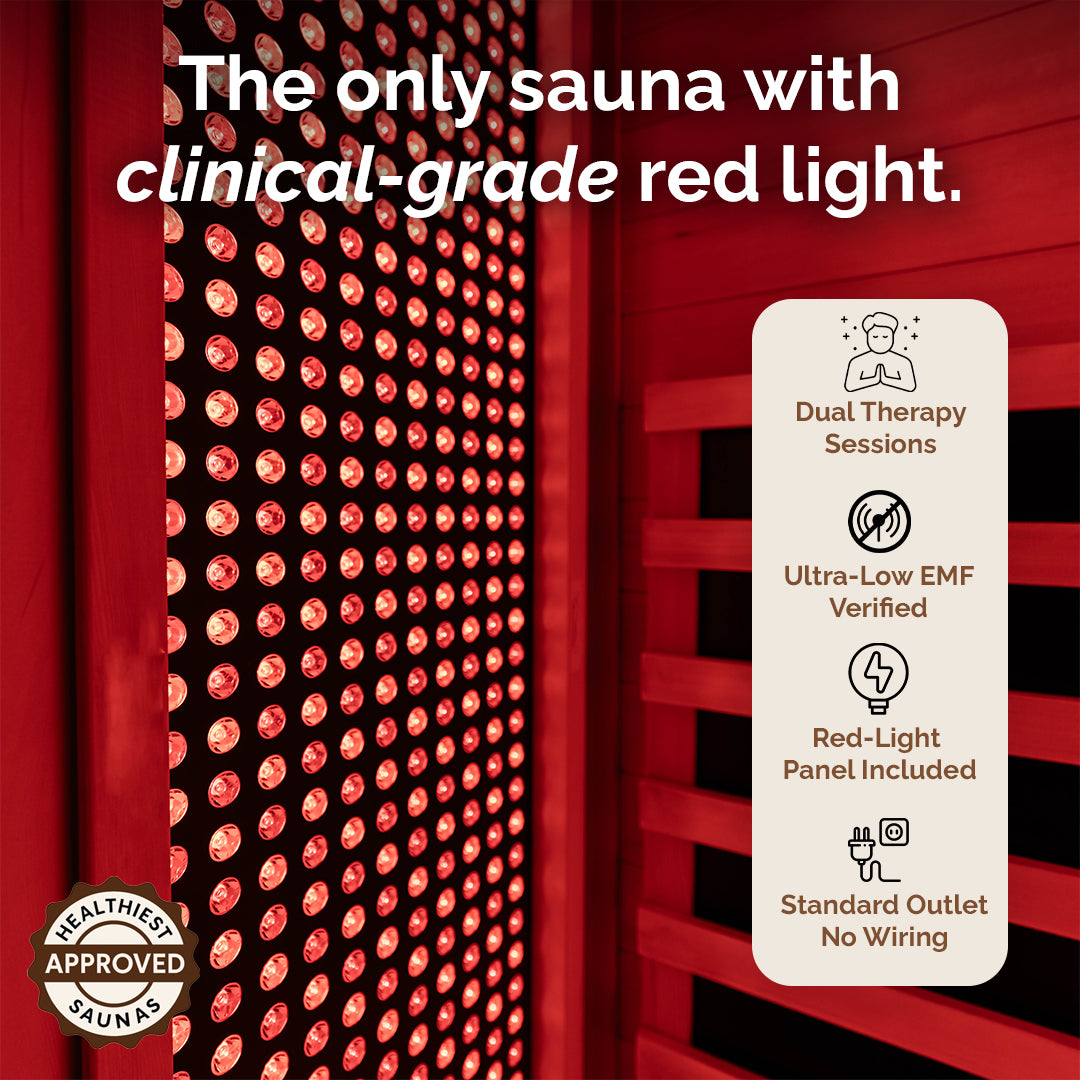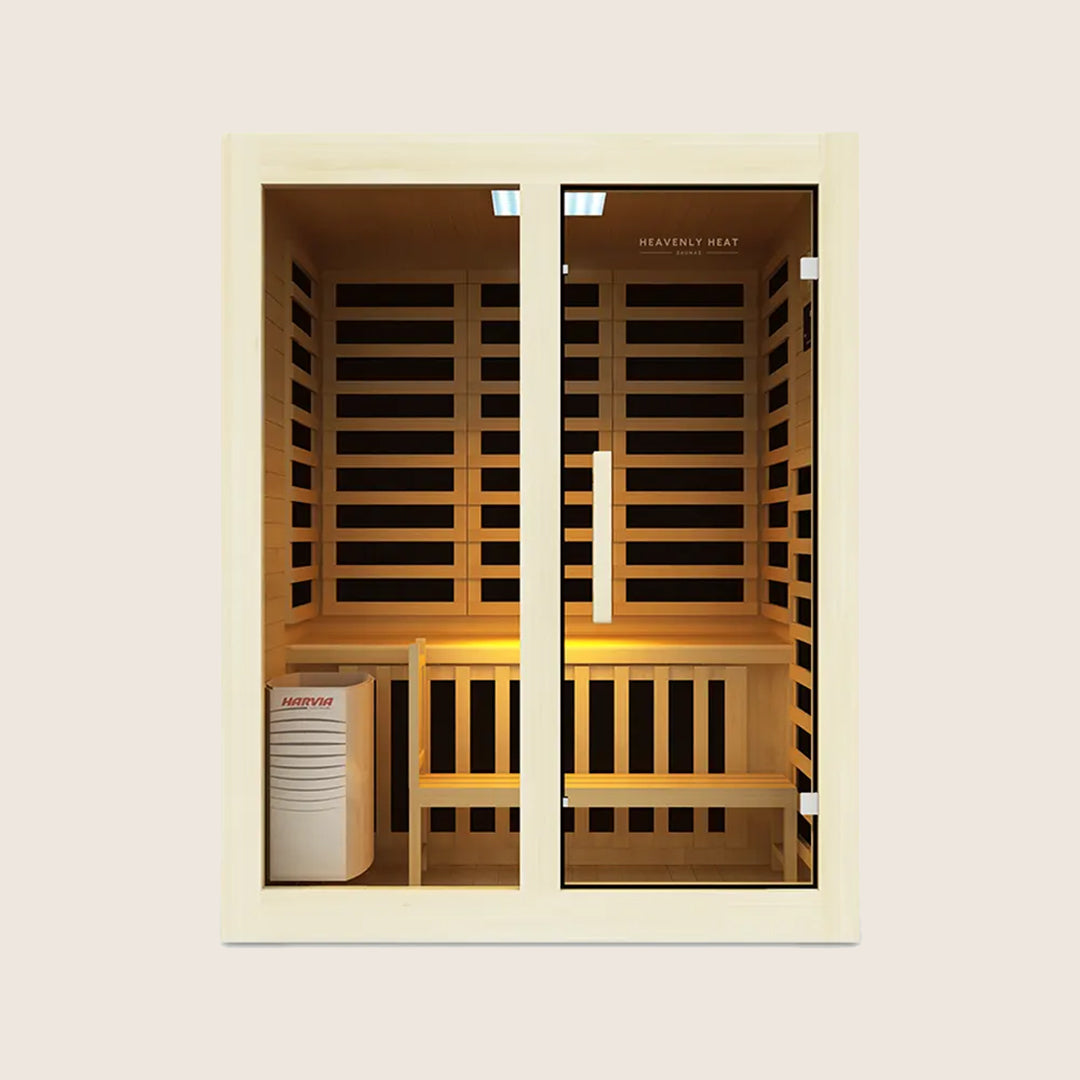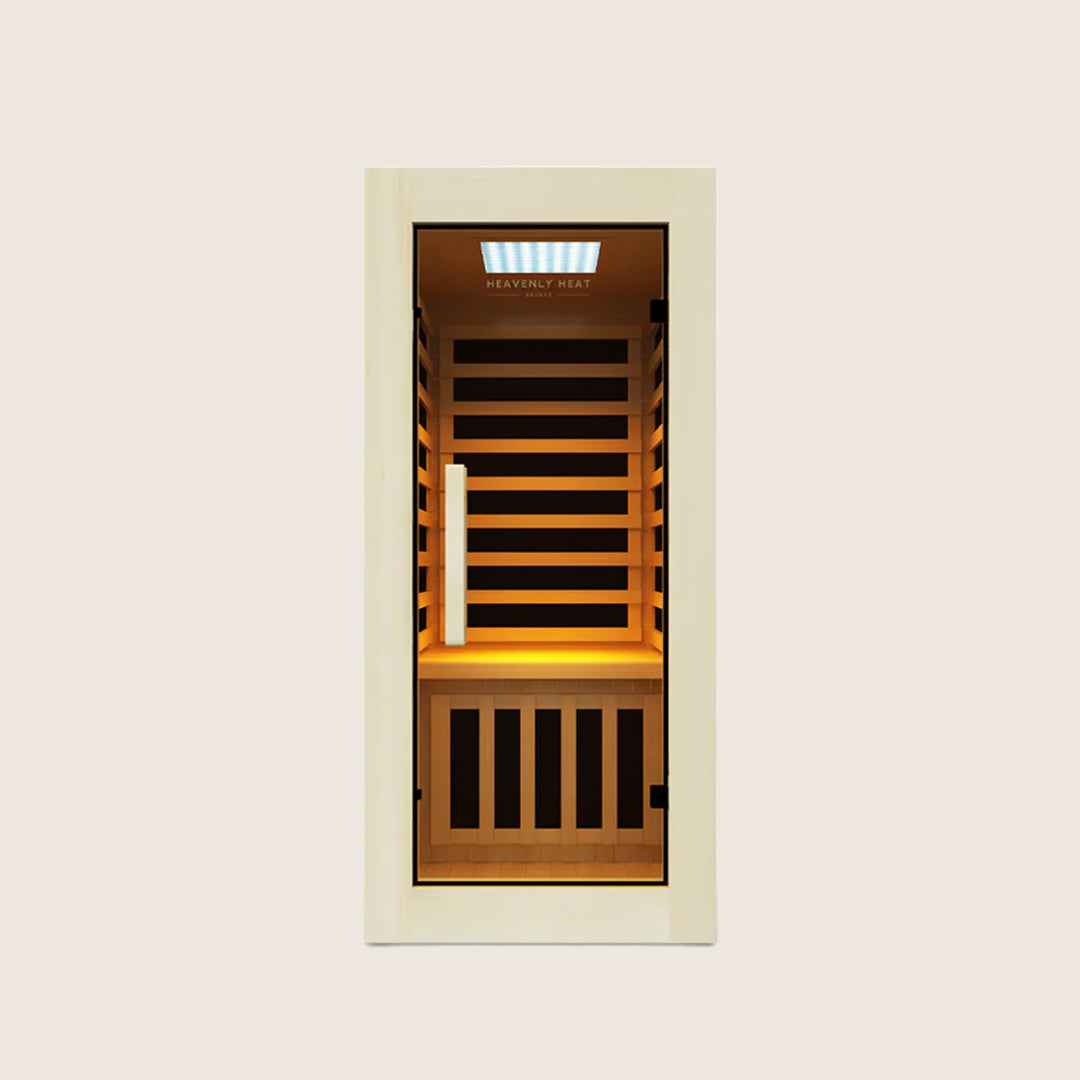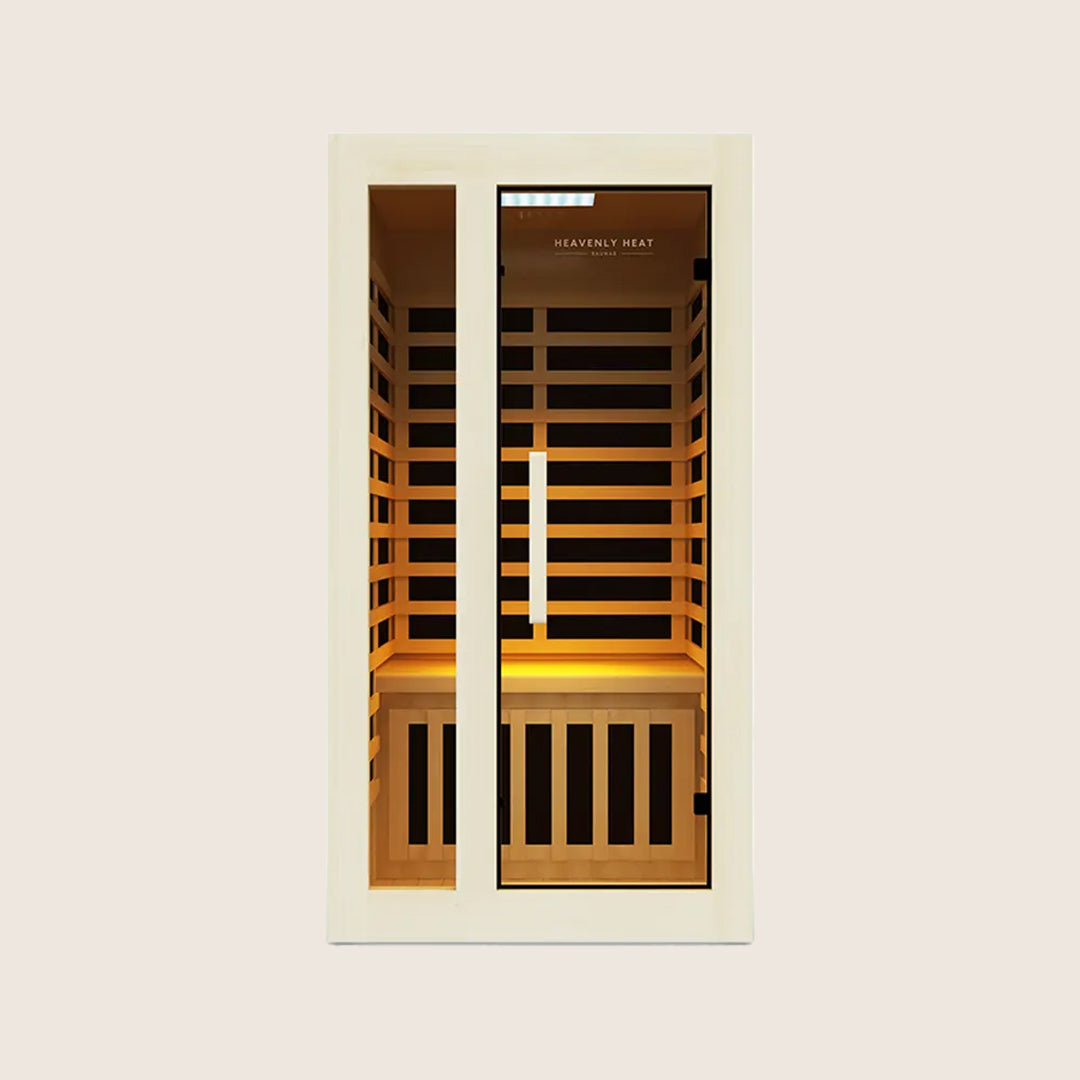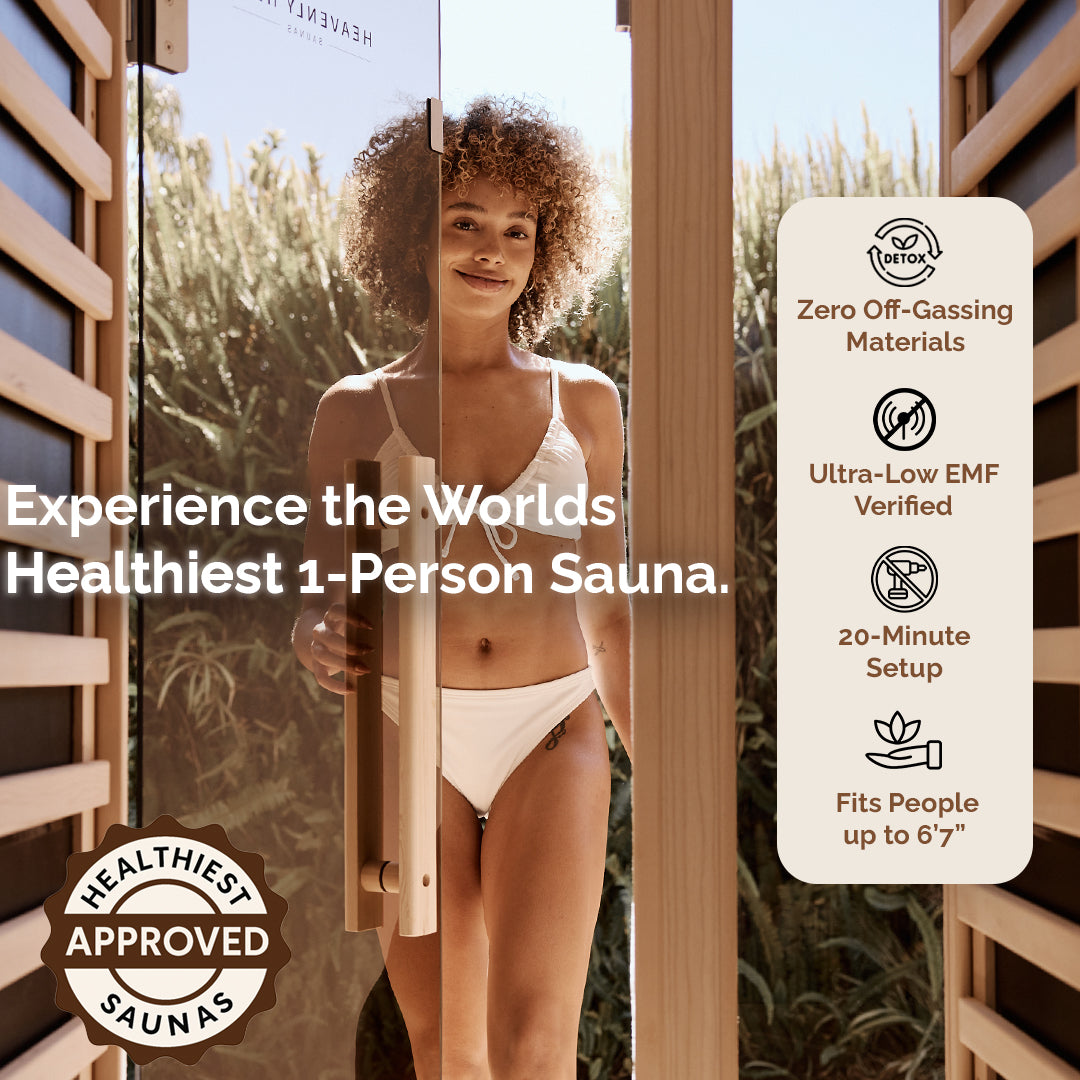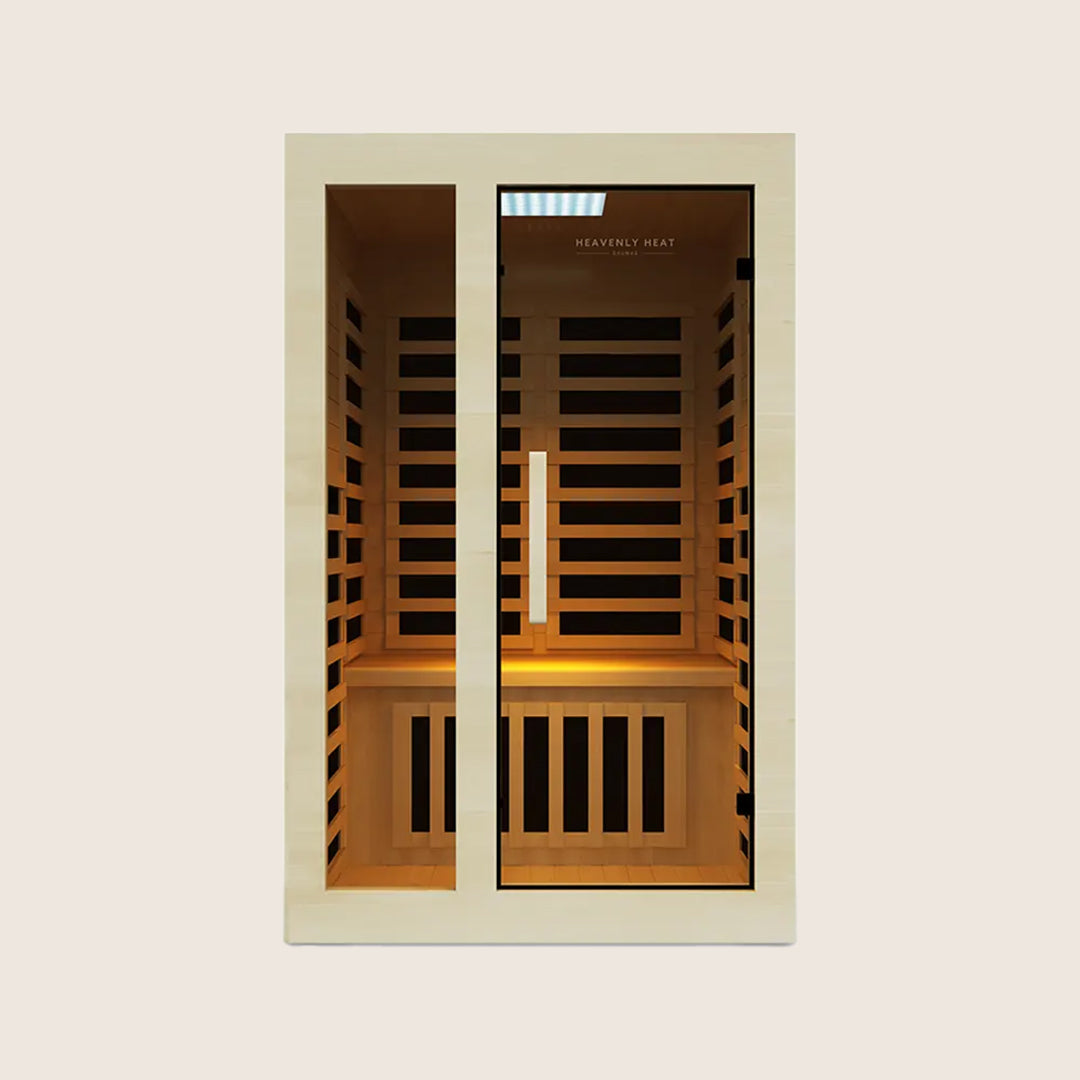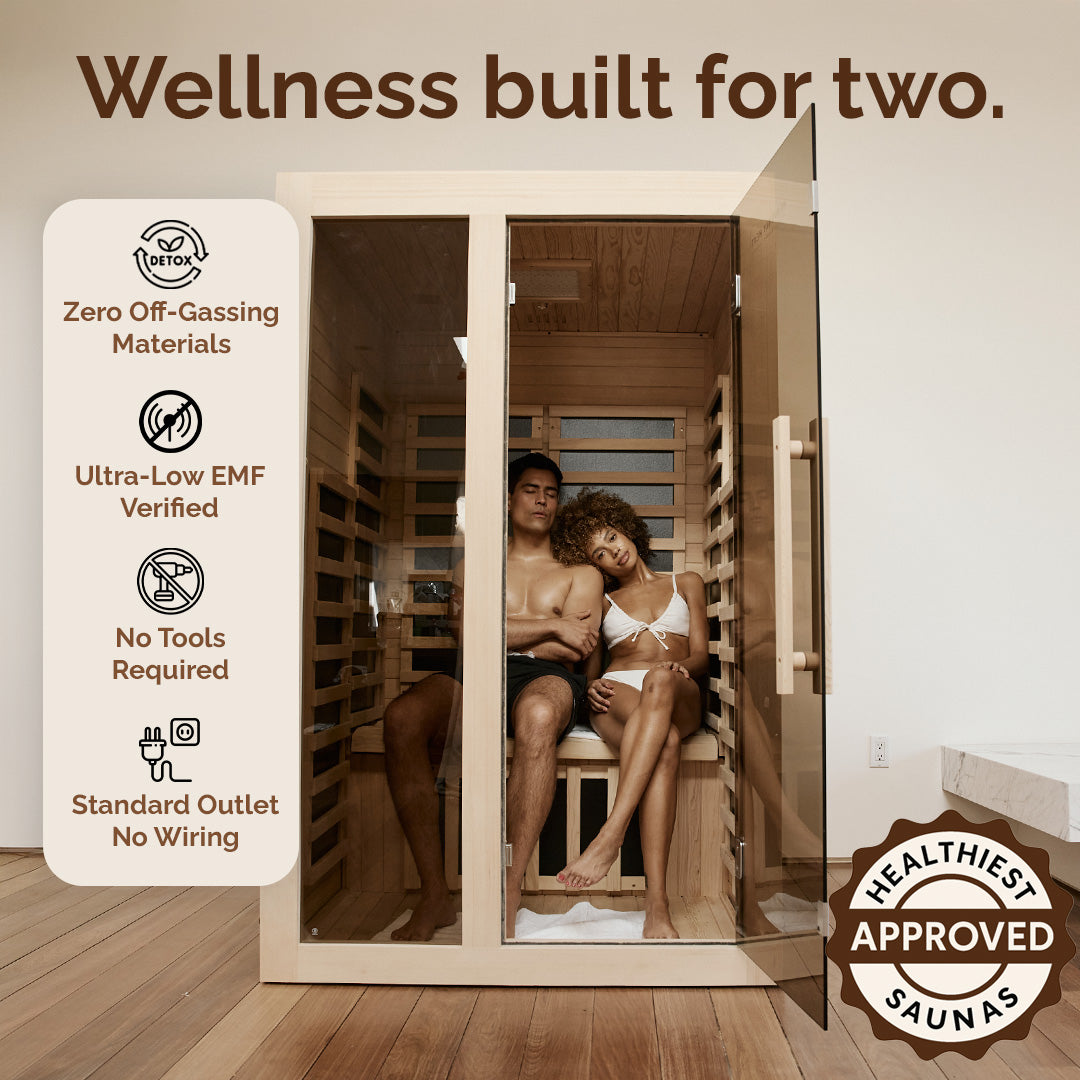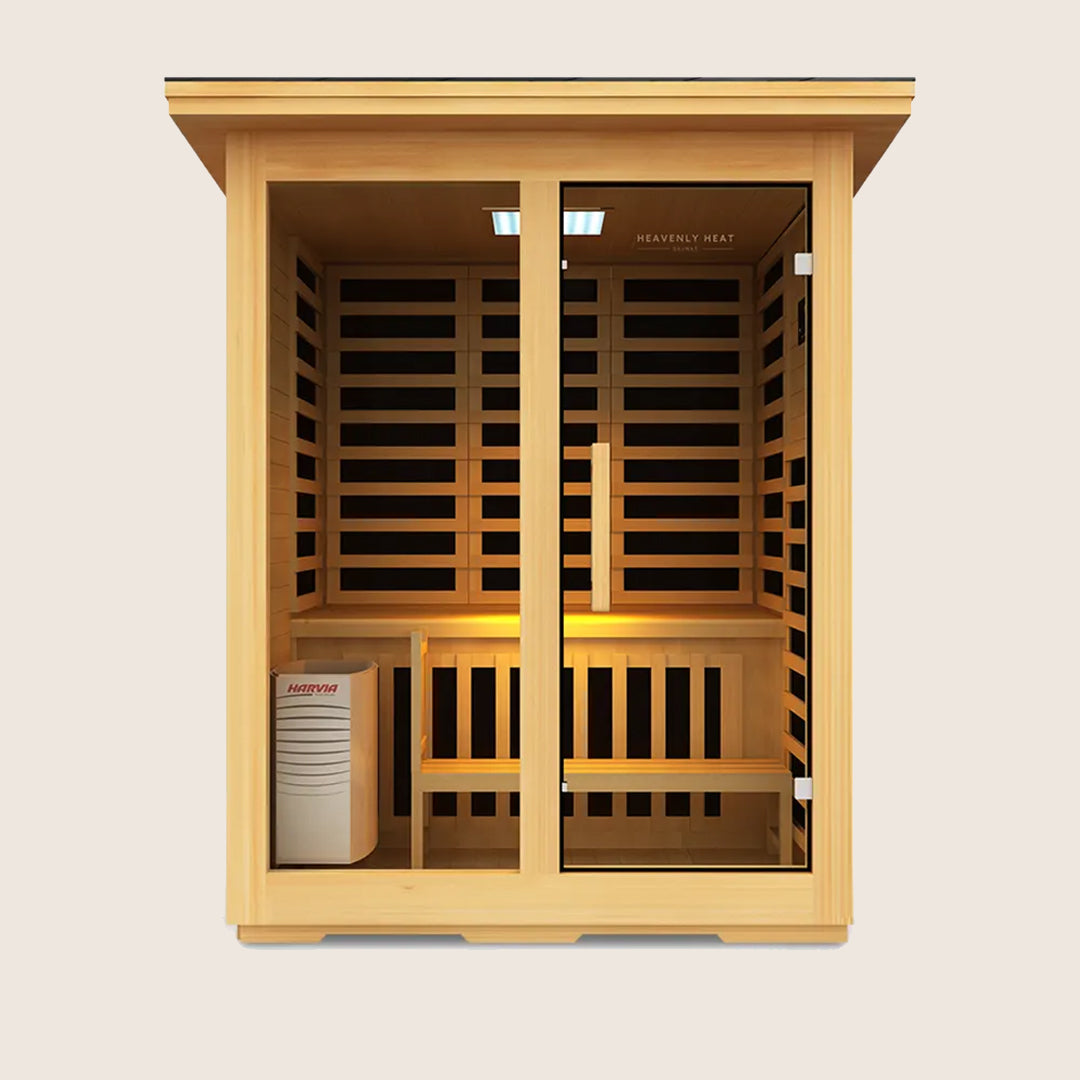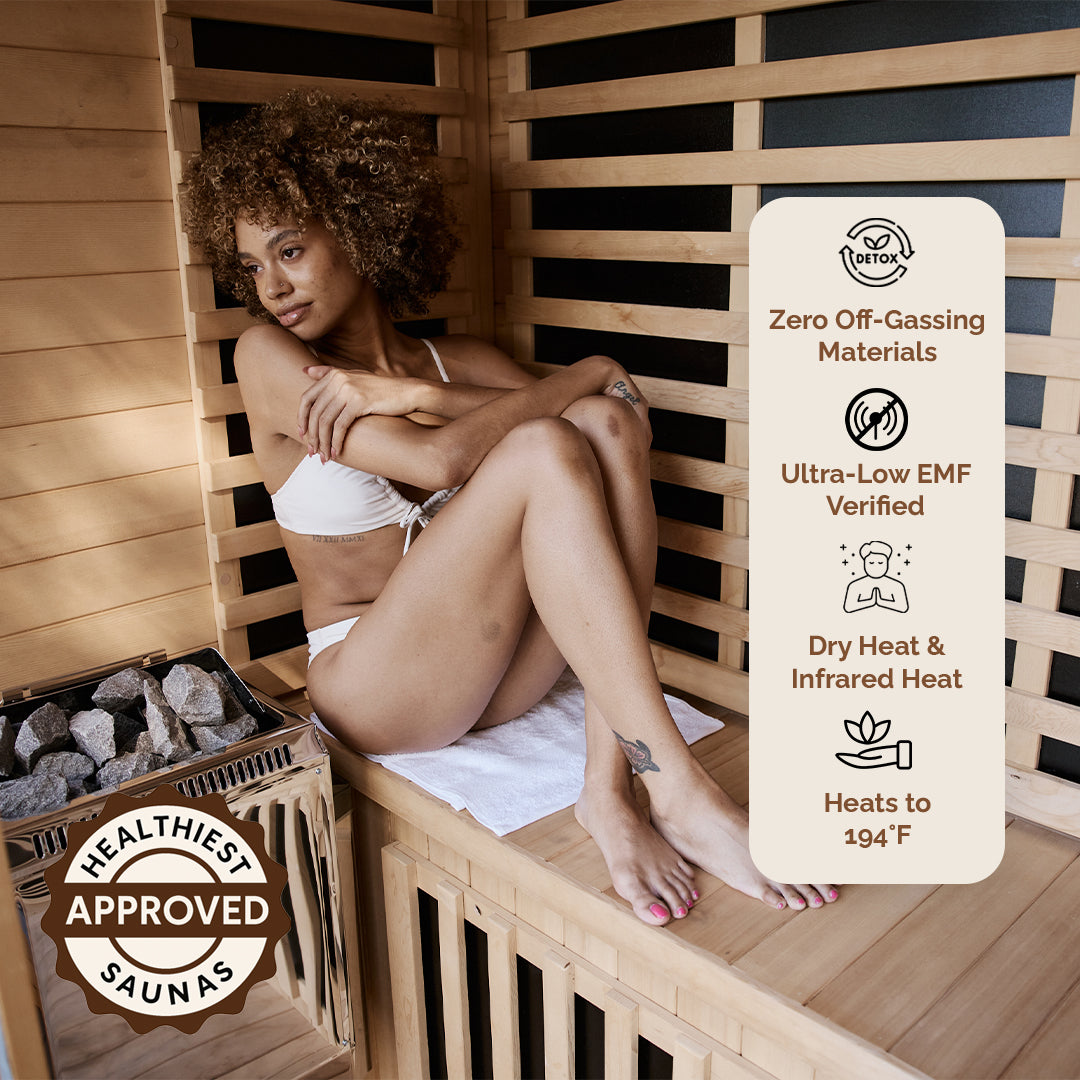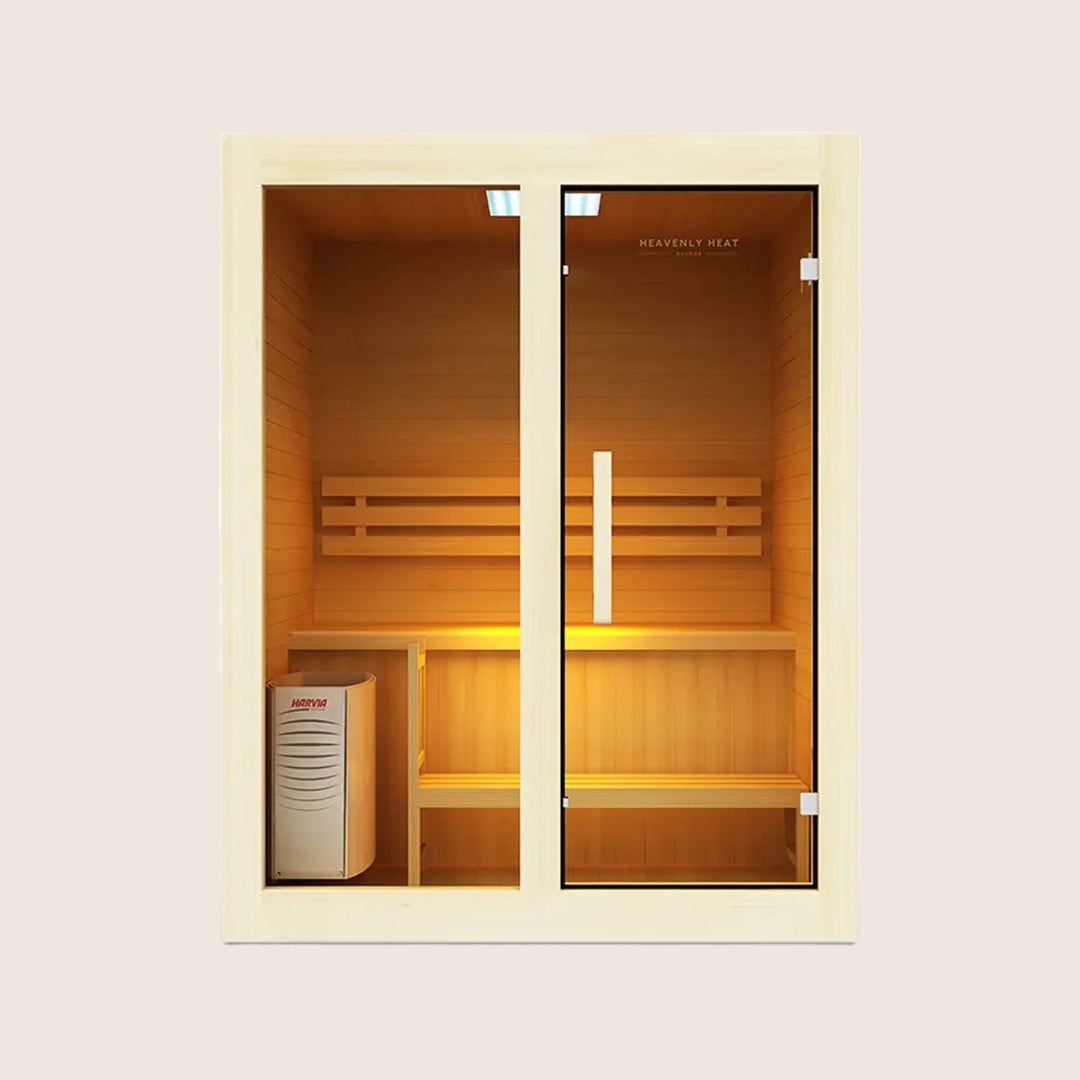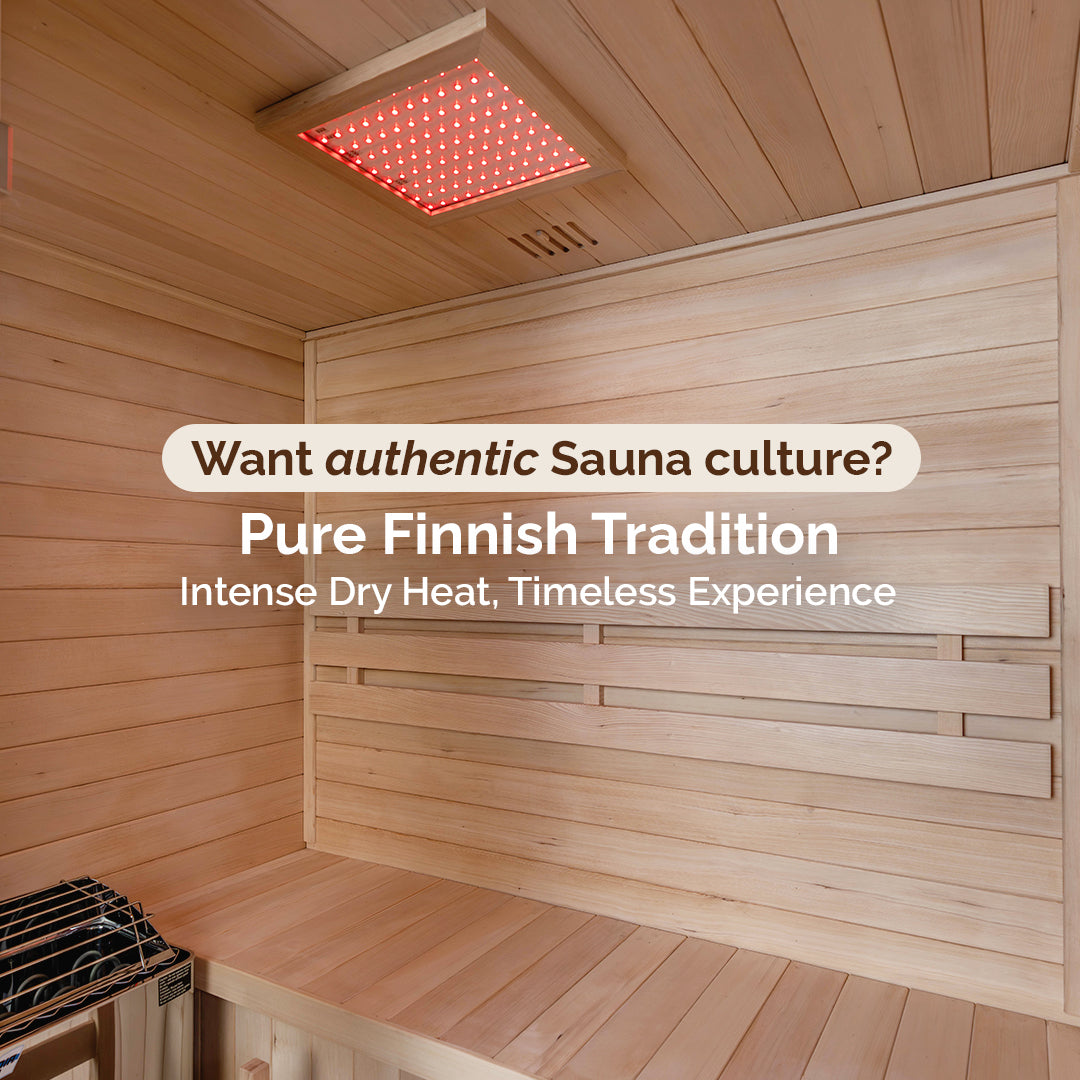Blue Light Therapy Benefits For Skin
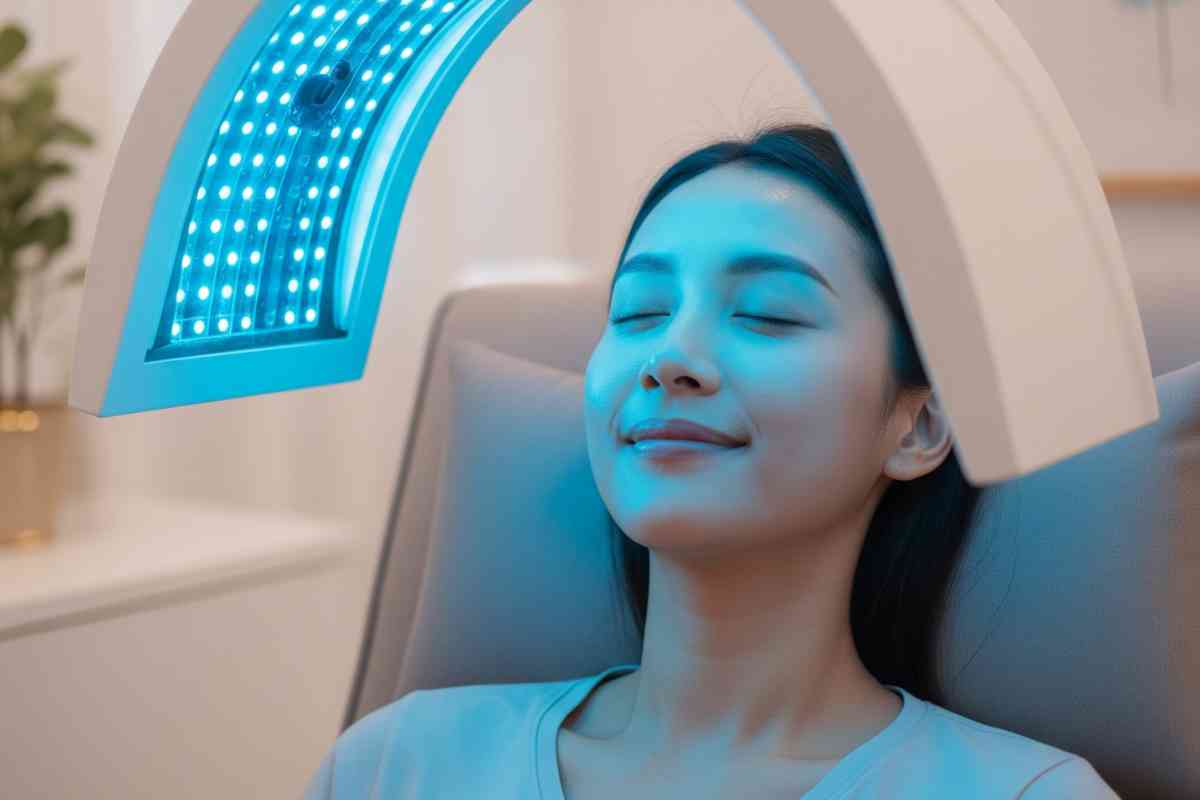
Redness, breakouts, dry patches, and stubborn acne, these skin symptoms can disrupt your confidence and daily life.
But what if ignoring them means not just discomfort, but permanent scarring, hyperpigmentation, or worsening inflammation?
Here’s the good news: blue light therapy is emerging as a game-changer in non-invasive skincare. Ready to discover how it can transform your skin health?
Key Takeaways
Blue light therapy targets acne-causing bacteria to reduce breakouts and inflammation safely.
Most skin types tolerate blue light well, but some conditions and medications require caution.
Preparing your skin properly before treatment helps prevent irritation and improves results.
Blue light therapy can improve mood, regulate sleep, and support Seasonal Affective Disorder relief.
It promotes faster healing, smoother skin, and better pore appearance without harsh chemicals.
What Is Blue Light Therapy for Skin?
- Blue light kills acne bacteria on your skin: This therapy uses a special kind of light that targets and kills the bacteria causing acne on your skin’s surface.
- It cleans pores without hurting healthy skin: The light goes just deep enough to clear out pores and reduce breakouts, but it doesn’t damage the skin that’s healthy.
- Blue light helps with acne, redness, and fine lines: People use it to treat acne, reduce inflammation, and improve signs of aging like small wrinkles.
- The light works best between 405 and 470 nanometers: Blue light in this specific range is perfect for treating skin problems safely and effectively.
- Blue light gives smoother skin without harsh treatments: You get fewer pimples, smaller pores, and smoother skin without using strong chemicals or painful methods.
Is Blue Light Therapy Safe for All Skin Types?
- Blue light therapy is safe for most skin types: Blue light therapy works well for many skin types and is generally safe when used correctly. Dermatologists recommend it as a safe option for skin treatment.
- Sensitive skin needs short, gentle sessions to avoid irritation: People with sensitive skin usually don’t get irritation if the therapy sessions are kept short and gentle. Mild redness or dryness might happen but fades quickly.
- Darker skin tones don’t get dark spots from blue light therapy: Research shows that people with darker skin tones usually don’t experience any lasting dark spots or changes in skin color from this therapy.
- Fair skin may have mild redness that goes away quickly: Fair-skinned users might see a little redness after treatment, but it’s usually mild and disappears fast without causing problems.
- Adjusting treatment time and settings helps protect your skin: Different skin types may need different treatment times or settings. Changing these based on your skin helps avoid dryness or redness and makes the therapy work better.
Who Should Avoid Using Blue Light Therapy on Skin?
People with Photosensitive Skin Conditions
Blue light therapy might trigger rashes, redness, or irritation in people with lupus, polymorphic light eruption, or photosensitive dermatitis. It can cause itching, burning, or red patches, worsening symptoms.
Individuals Taking Photosensitizing Medications
Certain drugs like tetracycline antibiotics or diuretics increase skin sensitivity to light, raising risks of redness, swelling, or burns. Avoid blue light therapy while on these meds and consult your doctor.
Those with a History of Skin Cancer
Although blue light is less intense than UV rays, it may irritate fragile skin or increase the risk of cancer recurrence. Melanoma survivors should be especially cautious.
People with Active Skin Infections or Open Wounds
Blue light can irritate infected skin and slow healing. Wait until wounds are healed and infections clear before treatment.
Individuals with Certain Eye Conditions or Retinal Disorders
Blue light therapy may worsen retinal diseases or cause eye strain. Protective goggles and an eye specialist’s clearance are recommended.
Pregnant or Breastfeeding Women
Pregnant women should consult a doctor before use due to possible increased skin sensitivity. Breastfeeding mothers can generally use blue light safely but should check with their healthcare provider.
Children Without Medical Supervision
Children’s skin is delicate and needs professional supervision to avoid irritation or damage from blue light therapy.
How to Prepare Your Skin Before a Blue Light Therapy Session?
Cleanse Your Skin Thoroughly
Remove dirt, oil, and makeup to ensure the light penetrates effectively. Use gentle cleansers with soothing ingredients like aloe or chamomile.
Avoid Retinoids and Harsh Actives
Stop retinoids 3 to 5 days before treatment to prevent redness or peeling. Also avoid exfoliating acids (AHAs, BHAs) and consider pausing Vitamin C a day or two prior.
Skip Makeup and Heavy Skincare Products
Makeup and thick creams can block light absorption and increase irritation risk. Keep your skin bare for the best results.
Avoid Exfoliation Before the Session
- Exfoliating makes your skin more sensitive before the session: Exfoliating right before blue light therapy isn’t a good idea because it can weaken your skin’s natural barrier and make it more sensitive to the treatment.
- Stop exfoliating at least 3 to 5 days before your appointment: Give your skin time to heal by stopping exfoliation several days before your session.
- Both scrubs and chemical peels can irritate your skin before treatment: Avoid physical scrubs and chemical exfoliants to prevent redness, irritation, and discomfort during the therapy.
- Exfoliation can cause more redness and discomfort during blue light therapy: Removing skin layers too close to the session makes your skin vulnerable, which can make the treatment less comfortable and possibly less effective.
Follow Pre-Treatment Instructions from Your Provider
- Your Provider Gives Instructions Based on Your Skin: Before the session, your provider shares specific steps tailored to your skin type and needs to get your skin ready.
- Stop Using Certain Products When Told: You will be told when to pause some skincare products to avoid irritation during treatment.
- Clean Your Skin the Right Way: Following the recommended cleansing routine helps your skin absorb the treatment better.
- Avoid Things That Can Harm Your Skin Before Treatment: You will need to avoid things like sun exposure or harsh products as part of preparation.
- Start Following Instructions a Few Days Early: Begin your provider’s advice a few days before the session to prepare your skin well.
- Following Instructions Helps Avoid Problems and Improves Results: Sticking to the pre-treatment steps reduces irritation and helps the therapy work best. Trust your provider’s guidance.
Benefits of Blue Light Therapy
Improves Acne and Other Skin Conditions
- Blue light kills the bacteria that cause acne: Blue light therapy fights acne right at the source. It uses a special type of light to kill the bacteria on your skin that lead to breakouts, helping to clear up pimples and prevent new ones from forming.
- It helps calm red and swollen skin: If your skin is irritated, red, or swollen because of acne, blue light therapy can help soothe it. It reduces inflammation, making your skin look and feel calmer.
- It also works for rosacea and psoriasis: This therapy isn’t just for acne. It can also help with skin conditions like rosacea and psoriasis by reducing irritation and improving the skin’s overall condition.
- It reduces painful cystic acne when used with other treatments: For deep, stubborn acne like cystic breakouts, blue light can reduce the number of painful bumps. It works even better when combined with other acne treatments.
- Using it regularly helps stop future breakouts: When used consistently, blue light keeps acne-causing bacteria under control. This helps stop new breakouts before they start and supports long-term skin health.
- By clearing acne, it also helps fade scars over time: While blue light doesn’t directly remove acne scars, it reduces active acne and inflammation, which helps the skin heal and can make scars look less noticeable over time.
Reduces Inflammation in the Skin
- Blue light calms down the skin’s reaction: Blue light therapy helps reduce inflammation by calming how the skin’s immune system responds. When the skin overreacts, it causes redness and swelling, blue light helps settle this down, making it useful for eczema and psoriasis.
- Regular sessions help keep inflammation away: When used regularly, blue light therapy can offer long-term relief. It helps manage chronic inflammation by preventing repeated flare-ups, especially in people with sensitive or reactive skin.
- It tells skin cells to stop releasing irritating chemicals: The light goes into the skin and affects the cells directly. It slows down the release of chemicals that cause inflammation, helping the skin feel calmer and less irritated.
- It works well when skin problems are caused by bacteria: Blue light is especially good for inflammation caused by bacteria on the skin. It kills surface bacteria and reduces swelling, making it ideal for acne and other similar skin issues.
- Doctors and studies support how well it works: Research and clinical tests show that blue light therapy really helps reduce skin irritation. It’s a trusted way to treat inflammation without using strong or harmful creams.
Enhances Mood and Reduces Symptoms of Depression
- Feeling better starts with how your brain reacts to light: Blue light therapy helps lift your mood by affecting brain chemicals that control happiness and alertness. It gives your body a signal to feel more awake and positive.
- You can feel a change in just a few days: Most people begin noticing mood improvements within a few days to two weeks. It doesn’t take long before you start feeling more like yourself again.
- Just 20–30 minutes a day can make a difference: Doing blue light therapy for about 20 to 30 minutes each day is enough to feel the benefits. It’s easy to fit into your daily routine without much effort.
- Some people may feel slight eye strain or headaches: Side effects don’t happen often, but a few people might experience mild headaches or tired eyes. These effects are usually not serious.
- You can use this even if you're already on medication: It’s safe to use blue light therapy while taking antidepressants. Still, it’s a smart move to talk to your doctor before starting it.
Supports Treatment of Seasonal Affective Disorder (SAD)
- Blue light helps replace missing sunlight in winter: Blue light therapy mimics natural sunlight, which is often low in winter, to help balance the brain chemicals affected by less daylight.
- Using blue light every morning improves SAD symptoms: Doing blue light sessions daily for 20 to 30 minutes, especially early in the morning, helps your body adjust better to natural light cycles.
- Blue light therapy is a safe and drug-free way to help SAD: This treatment is non-invasive and doesn’t use medication, making it a simple addition to lifestyle changes for managing SAD.
- Talking to a doctor helps make the treatment work best: Getting advice from a healthcare provider ensures you get a personalized plan that fits your needs for treating SAD symptoms.
Regulates Circadian Rhythms and Sleep Patterns
- Blue Light Tells Your Brain It’s Daytime: Blue light exposure signals your brain that it’s daytime, which lowers melatonin, the hormone that makes you feel sleepy.
- Using Blue Light in the Morning Helps You Stay Awake and Sleep Better: Getting blue light early in the day helps you feel more alert during the day and improves how well you sleep at night.
- Blue Light Helps Set a Regular Sleep Schedule: Blue light resets your body clock, making it easier to fall asleep and wake up at the same times every day.
- Blue Light Can Help Fix Late Sleep Times: If you have trouble sleeping early, blue light can shift your sleep schedule earlier, helping you feel better during the day.
Accelerates Wound Healing and Skin Regeneration
- Blue light kills bacteria and reduces swelling around wounds: Blue light speeds up wound healing by killing bacteria and reducing inflammation around injuries. This helps create a better environment for the wound to heal faster.
- Blue light helps skin cells grow back faster: It encourages skin cells to regenerate quickly, which helps wounds close more rapidly.
- Blue light supports skin repair by boosting collagen: This light also helps the skin make more collagen, which is important for fixing and strengthening the skin.
- Blue light leads to healing with less scarring and irritation: By controlling swelling and stopping infections, blue light therapy helps wounds heal cleaner and with less scarring or irritation.
Improves Alertness and Mental Focus
- Blue light helps your brain stay focused fast: Blue light therapy sharpens mental focus by waking up the brain’s alertness centers. Many people feel more energized and able to concentrate within minutes.
- It keeps you alert and less sleepy during the day: Blue light makes it easier to stay awake and alert, reducing daytime tiredness so you can be more productive.
- Using it every day is safe and better than caffeine: When used as recommended, blue light therapy is safe and doesn’t have the side effects of caffeine or other stimulants, making it a natural way to boost your focus.
FAQs
Can Blue Light Therapy Help with Oily Skin and Sebum Regulation?
Blue light therapy helps control oily skin by targeting sebaceous glands to reduce sebum production. It effectively balances oil levels without harsh chemicals, making skin less oily and clearer. Scientific studies support its safety and effectiveness, making it a gentle option for managing oily skin.
Does Blue Light Therapy Improve Skin Texture or Pore Appearance?
Blue light therapy helps improve skin texture by calming inflammation and promoting healing. It can reduce the appearance of large pores by shrinking them and clearing debris. With regular use, it boosts skin renewal, making your skin smoother and more even, often noticeable within a few weeks.
Can Blue Light Therapy Be Combined with Other Skin Treatments?
Blue light therapy complements many skin treatments. Wait a few days after chemical peels to avoid irritation. It pairs well with microdermabrasion, topical acne treatments, red LED light, and oral acne meds, calming inflammation, killing acne bacteria, and boosting results.
How Soon Can You Expect Visible Results from Blue Light Therapy?
Blue light therapy often shows results within a few sessions, typically 4 to 6 treatments for acne. It quickly reduces bacteria and inflammation, improving breakouts in days. Fading acne scars takes longer, several weeks of consistent use. Overall, with regular treatment, your skin will gradually look clearer and healthier.


